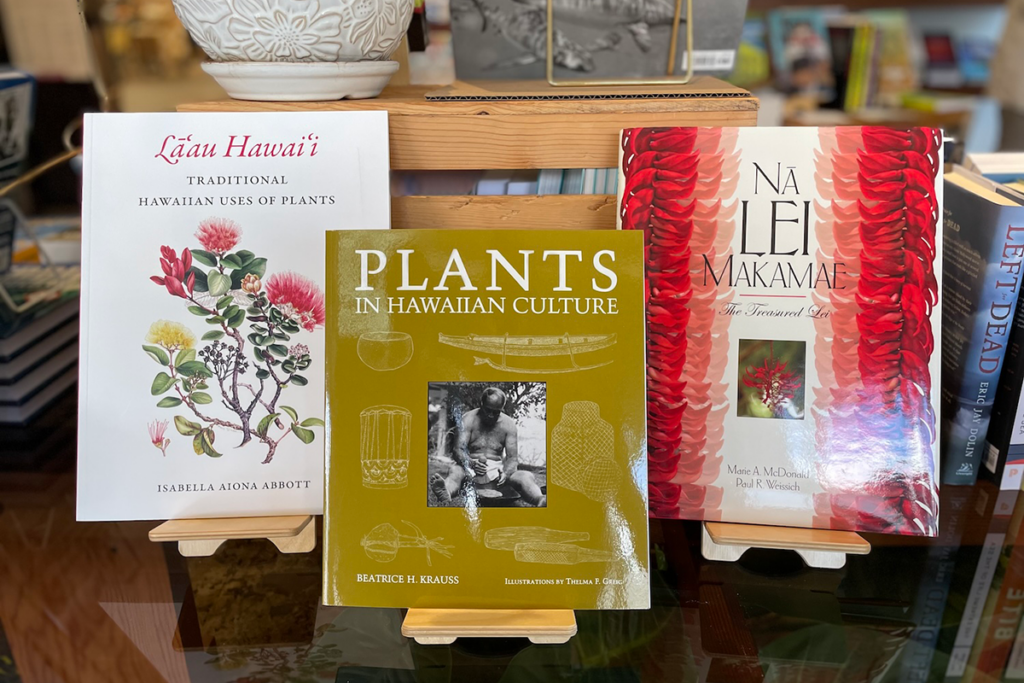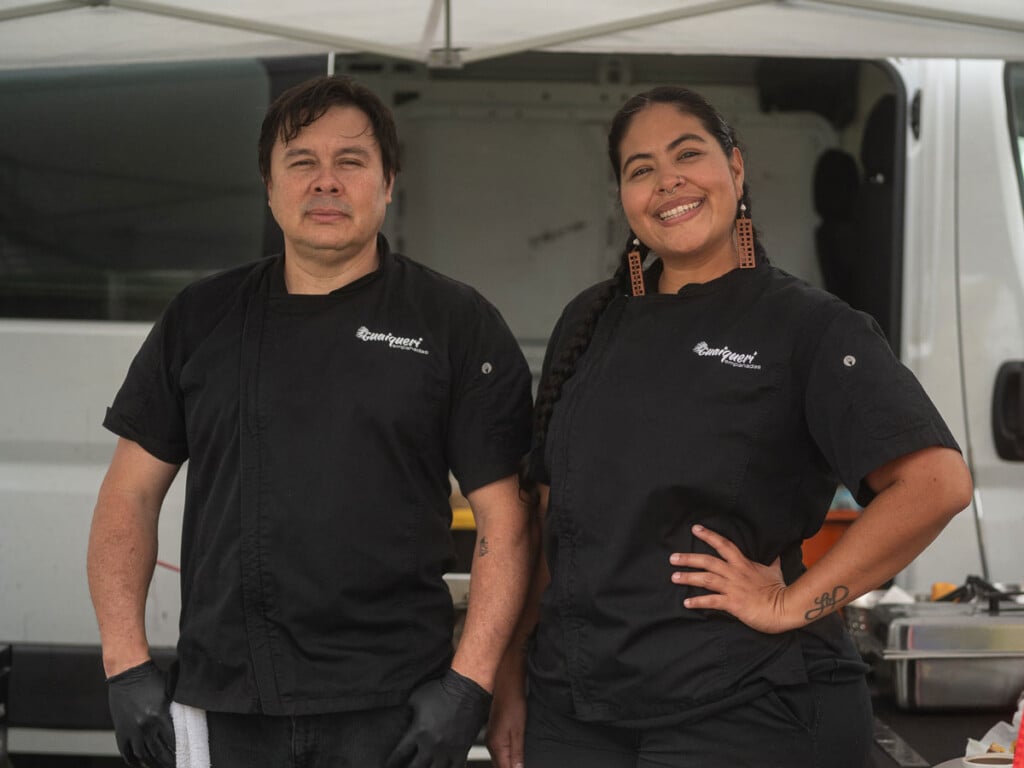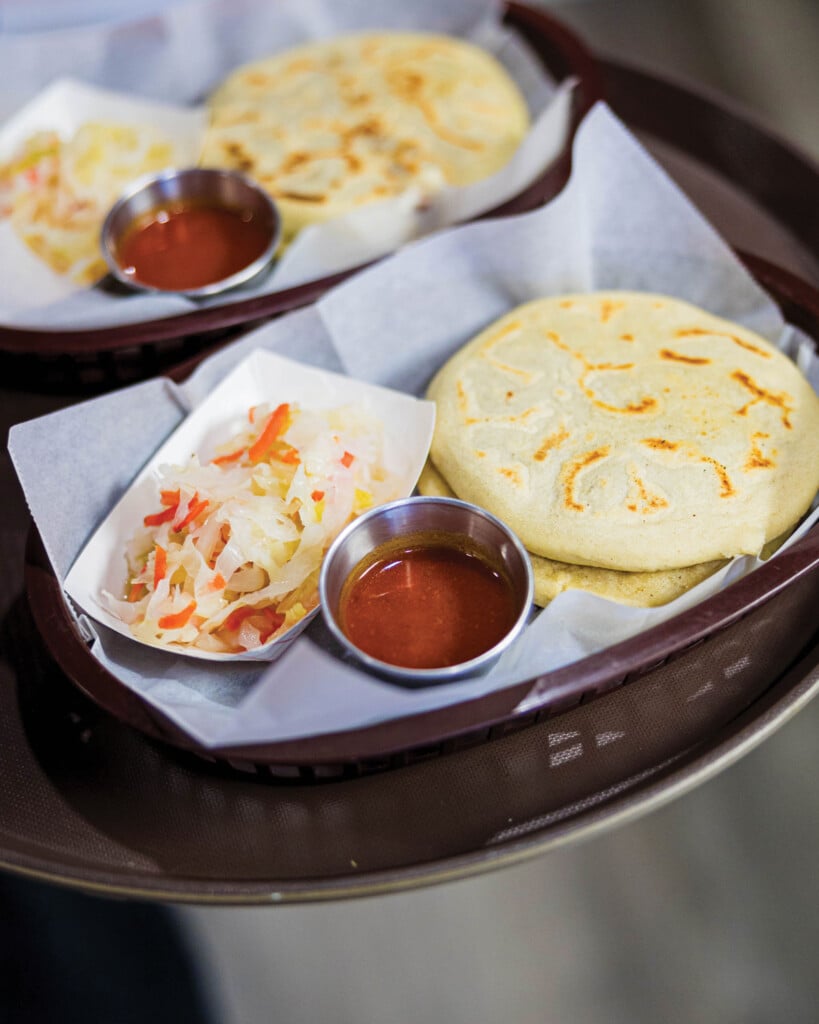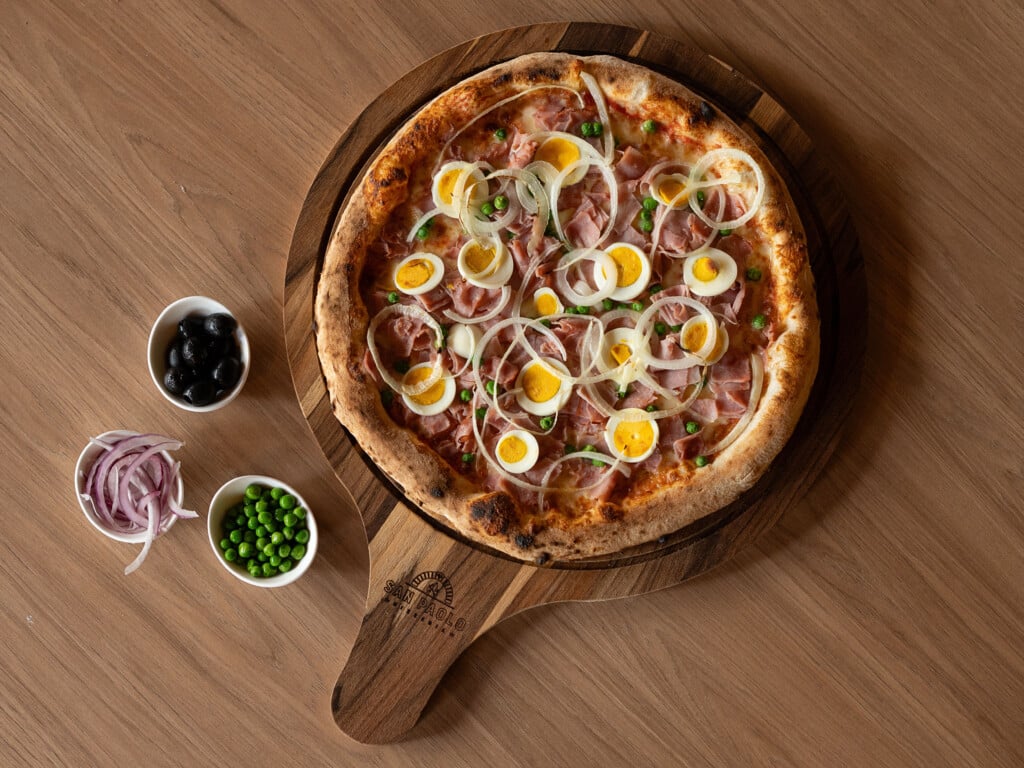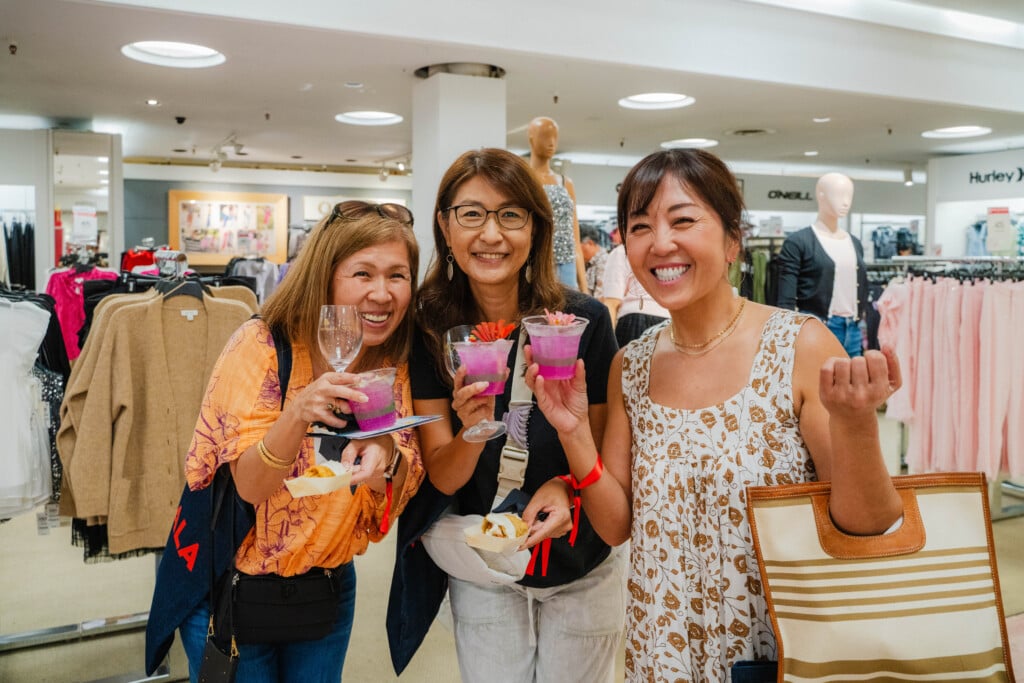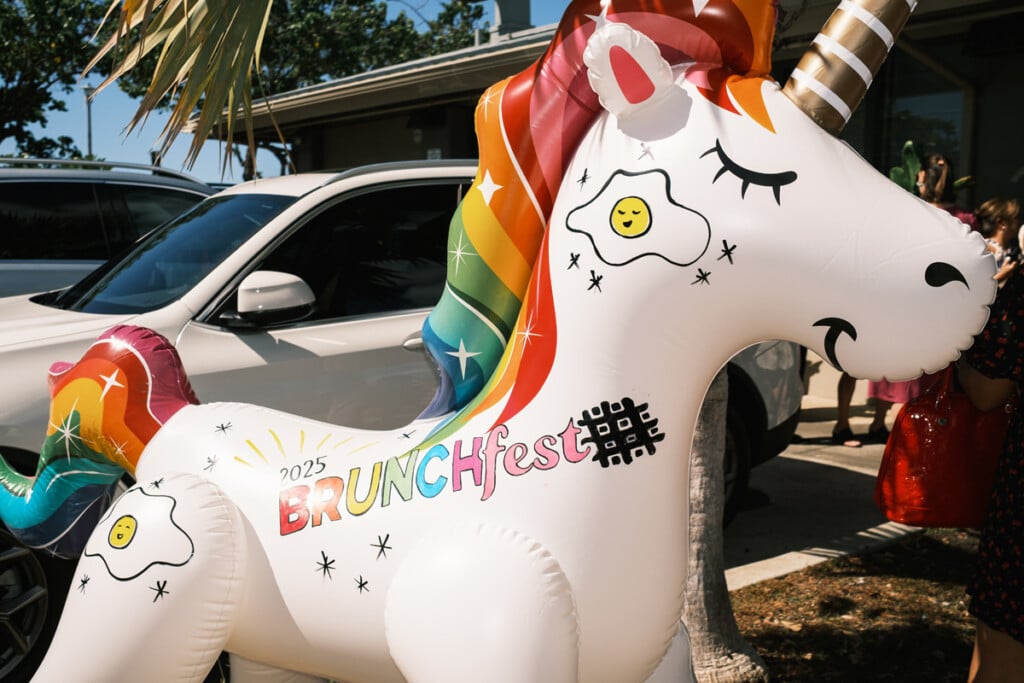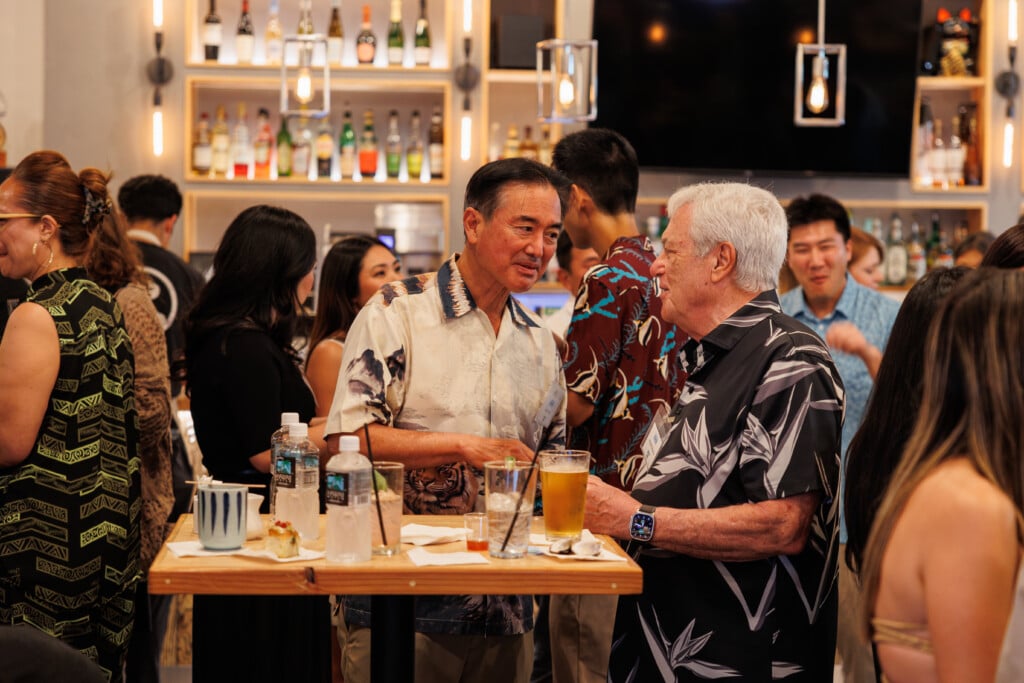7 Top Hawai‘i Teachers on What It’s Like to Work in the State Department of Education
We asked a few of Hawai‘i’s best teachers for their thoughts on how to improve the state’s public education system—and how they’ve managed to excel in their own classrooms.
Every year, hundreds of teachers leave the classroom. Nationally and locally, about half of all teachers abandon the profession after five years. They leave for lots of reasons, most of which won’t surprise you: the stress of the job, the changing environment, the always-increasing expectations, the lack of respect.
And, these days, especially, being a teacher in Hawai‘i is a tough job. Public schools are rolling out the more rigorous Common Core standards. For the first time this year, students statewide will be tested on them. Whether Hawai‘i’s students do well or poorly, teachers will almost inevitably get a big portion of the credit or the blame, despite the myriad other factors that go into whether a child performs well on a test.
SEE ALSO: Do the New Teacher Evaluations Help Improve Hawai‘i’s Public Schools?
Given the difficulties facing our teachers, we thought it was the right time to spotlight some of Hawai‘i’s best teachers—teachers who have been recognized for their passion and their innovation, teachers who love being teachers, despite the bad days. We asked teachers from communities around the state their thoughts on educational reform, and what drives them. Here’s what they said.
To get our sample of top teachers, we reached out to the state Department of Education’s seven current top district teachers. The Maui district teacher of the year, Richard Arase of Maui Waena Intermediate, declined to be interviewed, so we went to the previous year’s award-winning teacher.
O‘AHU
Catherine Caine, Waikīkī Elementary
 Catherine Caine has been teaching for four decades, and she’s figured out this much: There’s no profession more important. There’s no other career that allows you to truly mold your community, to inspire and foster children who will grow up to be our leaders. Our advocates and our activists and our change-makers. It’s a little corny, she says, but it’s true. “Every other career is based on what we do,” she says. “If we can do a very good job here, we’ll have people who are curious, people who are ready to go out and face the challenges of our world.”
Catherine Caine has been teaching for four decades, and she’s figured out this much: There’s no profession more important. There’s no other career that allows you to truly mold your community, to inspire and foster children who will grow up to be our leaders. Our advocates and our activists and our change-makers. It’s a little corny, she says, but it’s true. “Every other career is based on what we do,” she says. “If we can do a very good job here, we’ll have people who are curious, people who are ready to go out and face the challenges of our world.”
Caine has a warm, lilting voice, something she no doubt developed during her 14 years as a preschool teacher. She started in the Department of Education 26 years ago, and has been at Waikīkī Elementary for 24 of those years.
Caine says she has stayed there because of the school’s unique approach to teaching; the school stresses values-based education, teaching kids how to think critically about themselves and their actions and how they can contribute to building a better world. At a time when the nation’s educational focus seems to be dominated by standardized assessments, she says, it’s important to remember that learning isn’t just about taking tests. And education isn’t just about math, science and reading. “We need to encourage our students to write poetry and to paint, using those parts of their brains that encourage them to be more whole,” she says.
Elizabeth Frilles, Olomana School
 By the time Elizabeth Frilles’ students reach her classroom, most of them associate school with negative experiences. Frilles teaches seventh- to 12th-grade girls incarcerated at the Hawai‘i Youth Correctional Facility. Most are behind academically, and many have never thought of school as a place where they shine.
By the time Elizabeth Frilles’ students reach her classroom, most of them associate school with negative experiences. Frilles teaches seventh- to 12th-grade girls incarcerated at the Hawai‘i Youth Correctional Facility. Most are behind academically, and many have never thought of school as a place where they shine.
Every day, Frilles works to change that. She wants her students to see education as a journey they want to be on, and she wants them to see their own experiences and knowledge as lessons for the rest of the world. “I’ve always believed that I can give a part of my own legacy to each child,” she says. “We teachers are the builders of the new generation. That’s something. It’s like you’re building this treasure in them.”
Frilles started out as a substitute teacher, then started teaching full time at Olomana School in 2006. She teaches science, developing unique approaches to learning that underscore her approach to her students: Be compassionate. Have integrity. Demand excellence. “These kids have so many obstacles, but you have to be able to work around them, help students explore the opportunities, show them the world and that there’s more,” she says. “Every day we can struggle. And every day, we can celebrate success.”
Masaru Uchino, Momilani Elementary
 Growing up, Masaru Uchino was always the church babysitter, the volunteer educator, the helper and caregiver. “I was always in teaching mode,” he says. And so it was only natural that he majored in education in college. But, when he got his bachelor’s degree, he didn’t go into the classroom. He went into international business, landing a job at a parts manufacturer in Japan.
Growing up, Masaru Uchino was always the church babysitter, the volunteer educator, the helper and caregiver. “I was always in teaching mode,” he says. And so it was only natural that he majored in education in college. But, when he got his bachelor’s degree, he didn’t go into the classroom. He went into international business, landing a job at a parts manufacturer in Japan.
He wore a host of hats, from graphic designer to engineer, and worked grueling hours. Along the way, he built his Japanese-language skills and tried not to make too many cultural faux pas. “It was definitely adult boot camp,” he says.
After four years, he was looking for something different. When his father had a stroke, he decided to come to Hawai‘i to help him. It was then that he remembered his passion for education. He went back to school to get his teaching credentials and, the first time he walked into a classroom, he knew he had found his place.
Uchino says he approaches education like a student, not a teacher. He believes, every day, that he’s learning right alongside the kids he teaches. “You’re constantly growing,” he says. “You’re constantly maturing. I just promised myself I wouldn’t stop learning.”
That attitude has kept Uchino’s passion for teaching burning. It’s also helped him deal with some of the frustrations of being a modern teacher: There are always new reforms, new requirements, big changes. He appreciates improvements underway, he says, but he doesn’t gloss over the challenges. He says it makes it tough to implement changes if schools aren’t given the right tools. For example, not all students have access to computers in their classrooms. And some schools have to limit Internet usage because they don’t have the bandwidth to handle the demand. “We need more funding for technology,” he says. “I’m all for change, but it really makes it hard when the infrastructure is not there.”
Jamie Takamura, Red Hill Elementary
 Jamie Takamura doesn’t have a favorite teacher from childhood. She has several. She remembers her not-so-great teachers, too. And she sees all of those experiences as valuable lessons for her as an educator, as the curriculum coordinator for Red Hill Elementary and as a mentor to other teachers entering the profession.
Jamie Takamura doesn’t have a favorite teacher from childhood. She has several. She remembers her not-so-great teachers, too. And she sees all of those experiences as valuable lessons for her as an educator, as the curriculum coordinator for Red Hill Elementary and as a mentor to other teachers entering the profession.
It was in looking back on her own experiences in school that she realized the teachers who really had a positive impression on her, who influenced her, were able to create a safe space in their classrooms. “They support all the students in the classroom,” she says. “They’re not just teaching to one student.”
Takamura, who attended Hawai‘i public schools from kindergarten to 12th grade and graduated from the University of Hawai‘i, took that lesson and applied it to her own teaching philosophy. Her approach to teaching, she says, is all about relationships. “Once you have that safe culture, you can start getting them prepared, as a student, as a person. You are like their parent at school. You’re that adult who spends as much time with them as their parents do at home. You are a big influence.”
The impact teachers have on kids keeps Takamura going. And it’s why she sees incredible value in the new, tougher national Common Core standards, which have dramatically transformed curricula for public-school students statewide. Students will be tested on the new standards for the first time this year, and many schools are worried about how kids will perform. Takamura, though, sees the higher standards as an opportunity. Holding kids to that higher bar, she says, is the right thing to do. “We need to prepare our students for college and career,” she says. “And we want to set the stepping stones from when they are in kindergarten.”
BIG ISLAND
David Huitt, Kealakehe High
 David Huitt doesn’t believe history classes should just be places to learn about the past. He says his role is to help students see the connections between what has happened, what is happening and what could happen. He wants history to be relevant, he says, to be personal. “I try to help them find meaning,” he says. “At the heart of it is helping our students become talented and skilled, caring and compassionate people who are giving back to their community.”
David Huitt doesn’t believe history classes should just be places to learn about the past. He says his role is to help students see the connections between what has happened, what is happening and what could happen. He wants history to be relevant, he says, to be personal. “I try to help them find meaning,” he says. “At the heart of it is helping our students become talented and skilled, caring and compassionate people who are giving back to their community.”
Huitt says he always knew he wanted to teach history. He grew up on Hawai‘i Island, got his bachelor’s degree in history and started teaching in 1994. He still loves what he does—something he realizes not all teachers can say. And he wants his students to love their careers, too. He tells them, “If you love what you do, it’s not a chore. You still have that inner enthusiasm because it speaks to your heart.”
That’s not to say Huitt doesn’t have days when he feels he could throw in the towel. Lots of teachers find themselves in that bad place, he says, because they’re “feeling pretty beat up right now.” They’re held responsible for things outside of their control; they’re blamed for problems they couldn’t possibly fix. To really improve public schools, Huitt says, teachers have to be seen as part of the solution—and the policymakers, community members and students have to realize they have a big role to play, too. “It takes all of us,” he says.
SEE ALSO: How Did Hawai‘i’s Public Schools Rank in 2015?
MAUI
Anthony Kamaka‘eu Williams, Pā‘ia Elementary
 Anthony Kamaka‘eu Williams is a Hawaiian-language-immersion fourth-grade teacher. He’s also a Hawaiian-language-immersion coach and mentor, and a kumu hula. He says to really ensure the Hawaiian language is vibrant and alive, his students can’t just speak it in the classroom: They have to encounter it in extracurricular activities. They have to hear it when they run into him at the grocery store, or when they see him with his family at the beach. “We have to develop Hawaiian-language environments outside the classroom,” he says. “It’s not only about school language.”
Anthony Kamaka‘eu Williams is a Hawaiian-language-immersion fourth-grade teacher. He’s also a Hawaiian-language-immersion coach and mentor, and a kumu hula. He says to really ensure the Hawaiian language is vibrant and alive, his students can’t just speak it in the classroom: They have to encounter it in extracurricular activities. They have to hear it when they run into him at the grocery store, or when they see him with his family at the beach. “We have to develop Hawaiian-language environments outside the classroom,” he says. “It’s not only about school language.”
Helping Hawaiian-language education thrive is Williams’ biggest focus when he thinks about what it will take to build a school system that truly meets the needs of all students. He also wants to see a more robust Hawaiian-language program, and the development of a Common Core curriculum in Hawaiian. And he’d like others to learn from the lessons that the state’s Hawaiian language program offers. For one, he says, school can’t just be about stuff in books. Hawaiian language immersion stresses Hawaiian values, and the relevancy of learning. “We teach kids about making the pono choices,” he says. “It’s easy to do the bad thing, but it’s hard to think about it and make the right choice.”
Williams credits his first male role model—his fourth-grade teacher—with showing him the possibilities of education. Ronald Kato at Lunalilo Elementary School, Williams says, “helped me understand who I am.” Williams went back to Lunalilo several years ago to see him, but Kato had since left and Williams hasn’t been able to find him. If you’re out there, Mr. Kato, one of your former students wants to say thanks.
KAUA‘I
Marly Madayag, Kalāheo Elementary
Marly Madayag is a little breathless when she answers the phone. “Ugh, you want to know what it’s like to be a teacher?” she asks. “I just killed a 6-inch centipede in my classroom with a rolling pin.” She laughs. They don’t teach you how to handle that in teacher’s college.
Madayag is a veteran teacher—she’s been teaching so long she has to think a little while before she can recall when she started. After a moment, she says, “1992.” She was fresh out of school and not quite sure how she was going to handle the classroom full of kids she’d be in charge of over the year.
She says she quickly realized that teaching isn’t just about lesson planning and parent conferences. It’s about passion and connections, about making sure kids know you care. Madayag is a teacher who doesn’t just want to meet her students, she wants to meet the kids in her classroom—the whole child. So she’ll go to their games to cheer them on; she’ll watch them shoot hoops. She teaches drama after school to help kids express themselves in new ways.
One year, she struggled for months to get through to one of her students. He just kept falling behind. Nothing she tried worked. Then, she went to one of his baseball games. “He couldn’t write, but, man, could he catch a ball,” she says. The experience drove home for her that every kid has talents, even when it’s hard to see those talents in the classroom.
